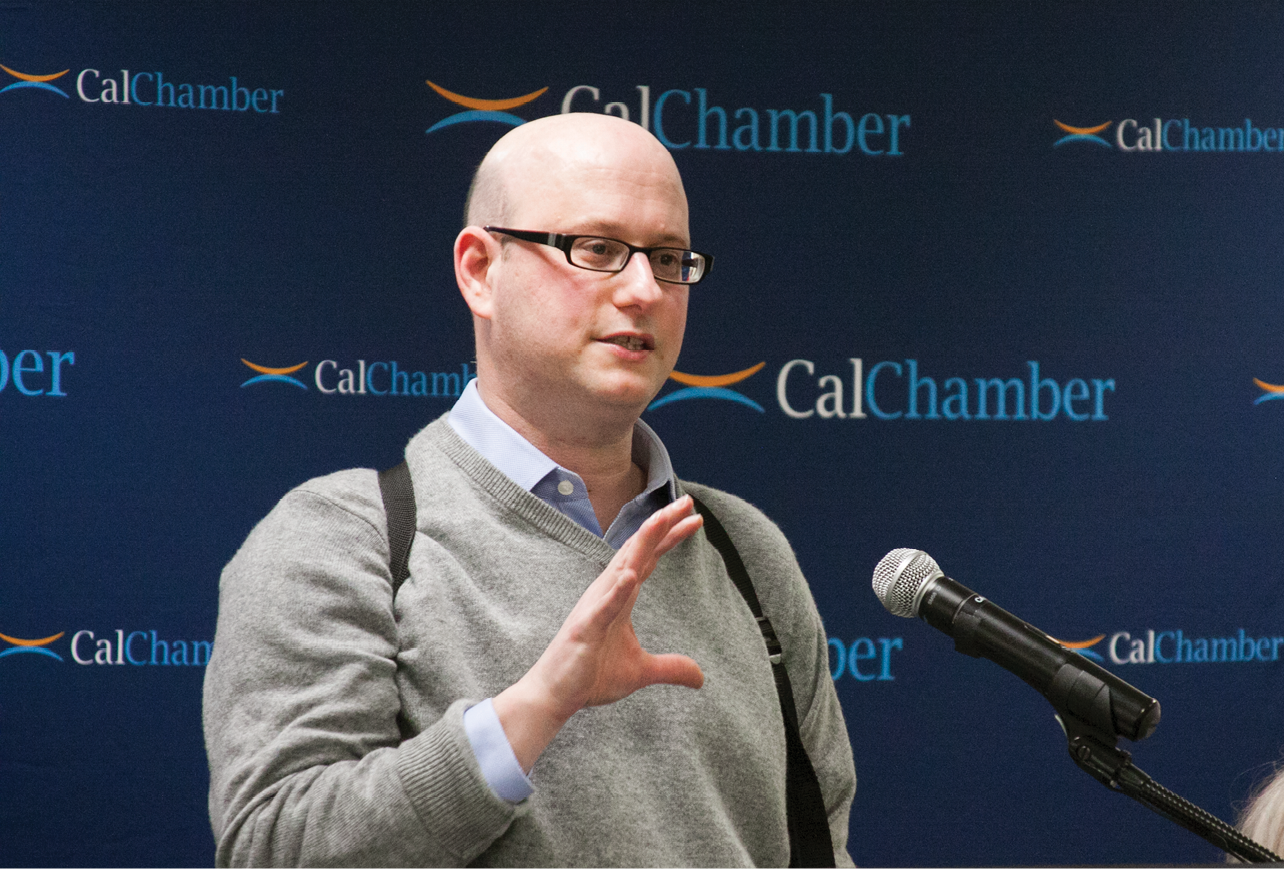![]()
Governor Edmund G. Brown Jr. this week proposed the final budget of his gubernatorial career, proposing to spend a record $190 billion without raising taxes and setting aside $13 billion in a rainy-day reserve.
For the first time since 1998, it appears that a retiring governor will not pass along a budget deficit to his successor. Nonetheless, the Governor insisted that fiscal prudence must guide decisions this year, emphasizing that “we prepare for the recession, not when it comes, but years before.”
The Governor noted that by the end of the next fiscal year, the economic expansion will be the longest post-war period of uninterrupted growth. A moderate recession, according to the Department of Finance, would drop state revenues by more than $20 billion annually.
The day after the Governor released his budget proposal, the California Chamber of Commerce hosted Department of Finance Director Michael Cohen at a Luncheon Forum where he provided attendees with details on the proposed budget.

Education
With respect to education, the administration proposes fully funding the Local Control Funding Formula, a finance allocation that eliminates most categorical funding programs in favor of aiming supplemental funding toward poor students, English learners and children in foster care. Overall spending on public schools and community colleges will have increased by 66% in the seven years since the depths of the recession.
In the Governor’s proposal, funding for the University of California will increase by about 2%, and for the California State University by 1%.
For community colleges, the budget includes an overall increase of 4% and implements legislation from last year that waives tuition for first-time, full-time students. The budget also proposes the creation of an entirely online two-year degree aimed at working Californians.
Workforce
To address the state’s long-term workforce needs, the Governor proposes providing $200 million to support K–12 career-technical education programs that are aligned with industry skills, and additional funding for industry experts to support these programs.
The idea is to maintain a predictable, targeted and sustained funding stream to support an industry/education workforce development collaboration.
Transportation/Courts
Following up on last year’s increase in transportation revenues, the administration plans to spend $4.6 billion in the next fiscal year on various highway and bridge maintenance, rehabilitation and operational improvements.
The budget also includes funds to restart the state’s construction program to complete 10 courthouses.
The state’s judicial branch will be provided additional funding to support efforts by the Judicial Council to improve and modernize trial court operations.
Cap-and-Trade
The Legislature in 2017 extended the cap-and-trade program, which is designed to enable reductions in greenhouse gas emissions, through 2030.
A consequence of this extension was to stabilize the existing program and ensure a steady stream of new revenues to the state, potentially amounting to billions in new taxes for the Legislature to spend. The Governor will outline his plan for new spending later this month in his state-of-the-state address.
The full summary of the Governor’s budget proposal can be found at www.ebudget.ca.gov.



